Population Connectivity
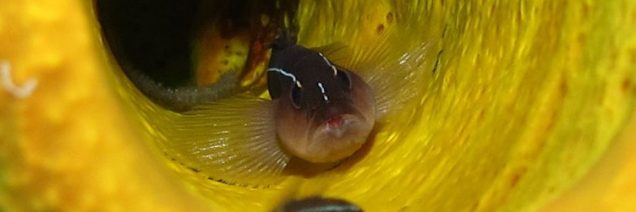
Population Connectivity in Neon Gobies 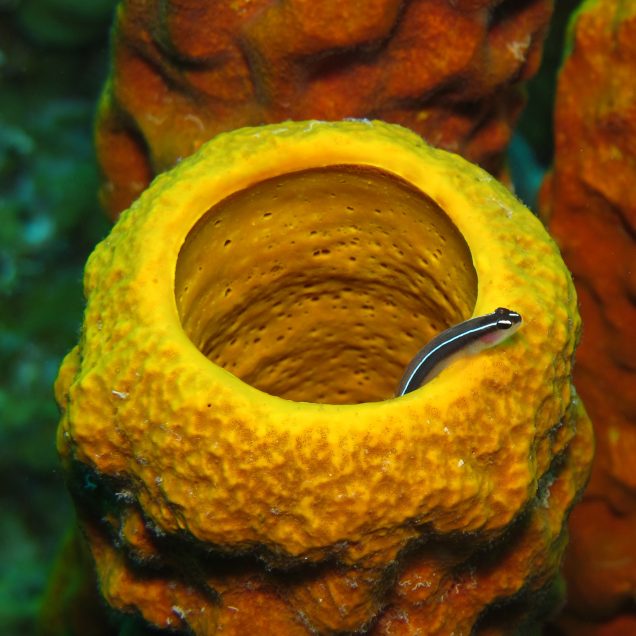 Our second line of research focuses on understanding the ecology and evolution of marine larval dispersal. Many marine organisms have a bi-partite life cycle composed of a sedentary adult phase and a dispersing larval phase. Analyzing the patterns of marine larval dispersal is central to understanding marine population dynamics, population divergence, and designing effective networks of marine reserves. We conducted some of the first quantitative investigations of larval dispersal in marine fishes: the neon goby Elacatinus lori, in Belize. We demonstrated that the probability of successful larval dispersal declines rapidly as a function of distance from source. Our work illustrates the importance of empirically quantifying patterns of dispersal, if we are to understand the spatial scale at which marine populations are connected. (Relevant Publications).
Our second line of research focuses on understanding the ecology and evolution of marine larval dispersal. Many marine organisms have a bi-partite life cycle composed of a sedentary adult phase and a dispersing larval phase. Analyzing the patterns of marine larval dispersal is central to understanding marine population dynamics, population divergence, and designing effective networks of marine reserves. We conducted some of the first quantitative investigations of larval dispersal in marine fishes: the neon goby Elacatinus lori, in Belize. We demonstrated that the probability of successful larval dispersal declines rapidly as a function of distance from source. Our work illustrates the importance of empirically quantifying patterns of dispersal, if we are to understand the spatial scale at which marine populations are connected. (Relevant Publications).
Population Connectivity in Clown Anemonefish
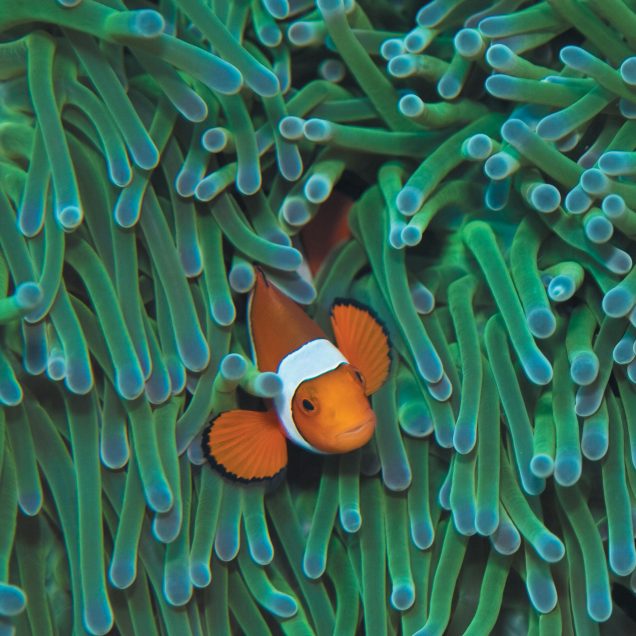 (Relevant Publications).
(Relevant Publications).
Larval Sensory Systems and Larval Behavior
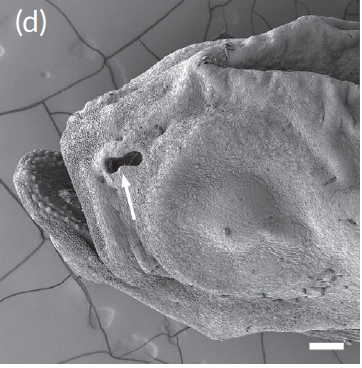 (Relevant Publications).
(Relevant Publications).
Larval Behavior and Population Connectivity 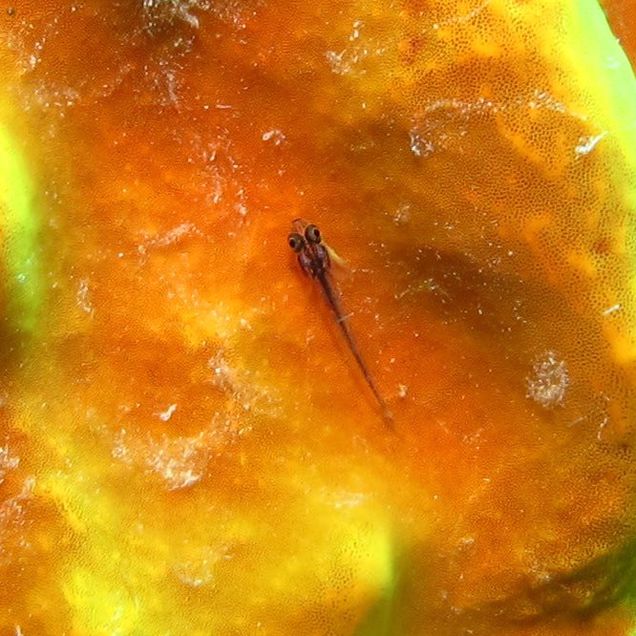 (Relevant Publications).
(Relevant Publications).
Biophysical Models and Connectivity 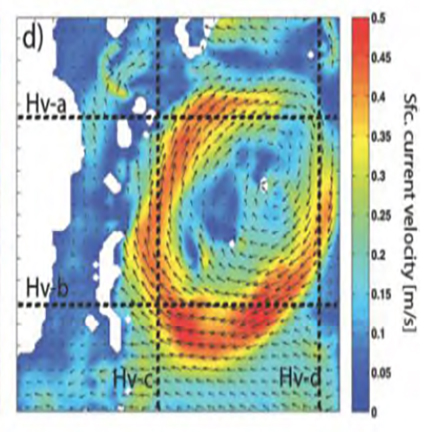 (Relevant Publications).
(Relevant Publications).
Evolution of Larval Dispersal 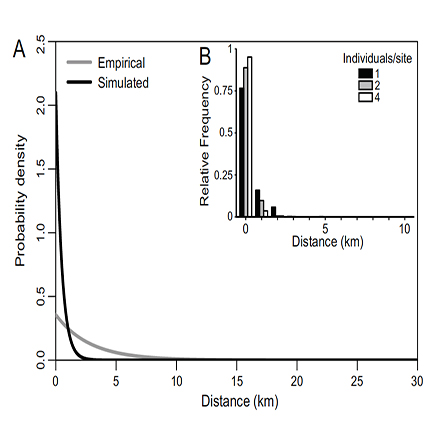 (Relevant Publications).
(Relevant Publications).
Plasticity of Larval Dispersal 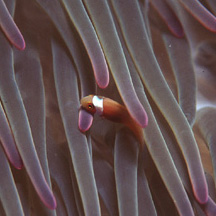 (Relevant Publications).
(Relevant Publications).
Emergence of Spatial Genetic Structure
 (Relevant Publications).
(Relevant Publications).
Implications for Design of Marine Reserves
 (Relevant Publications).
(Relevant Publications).